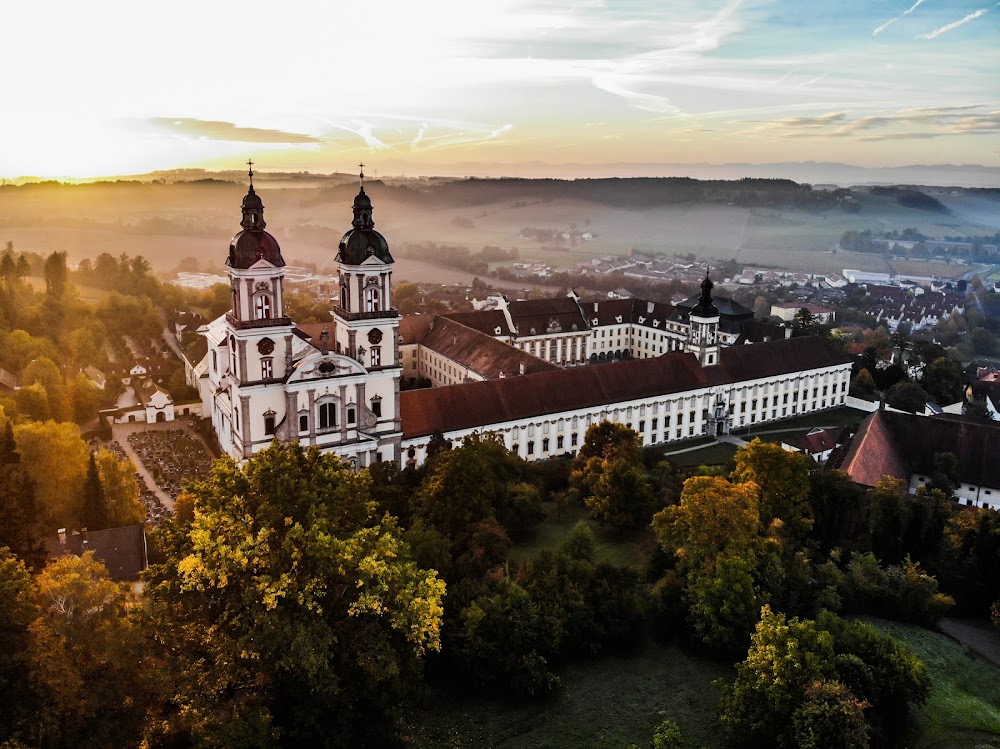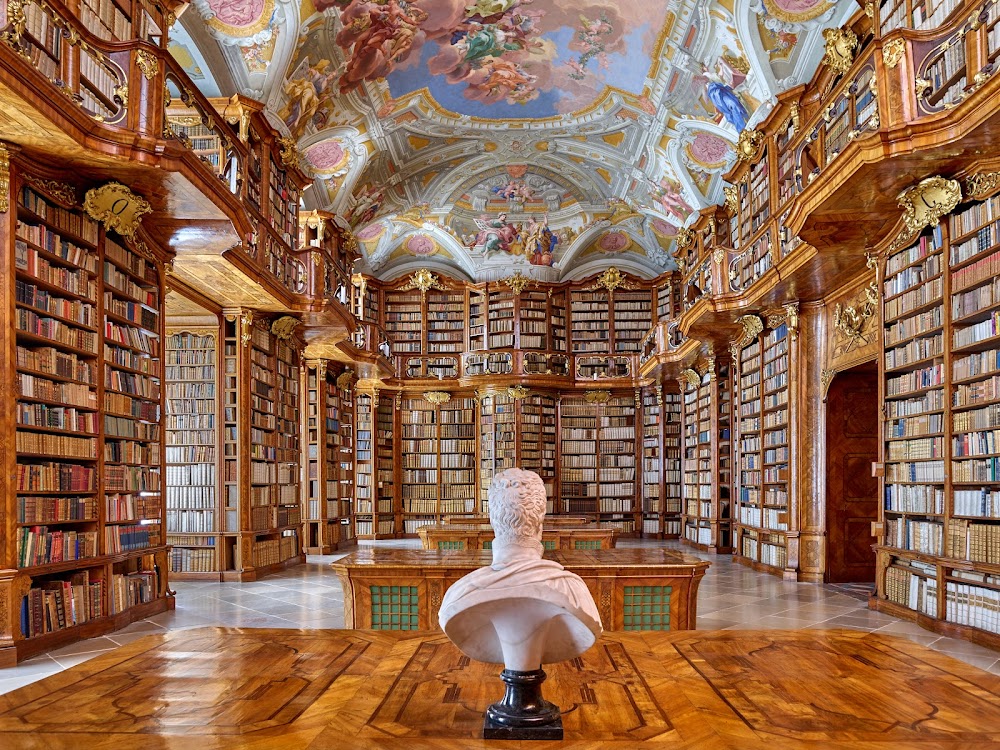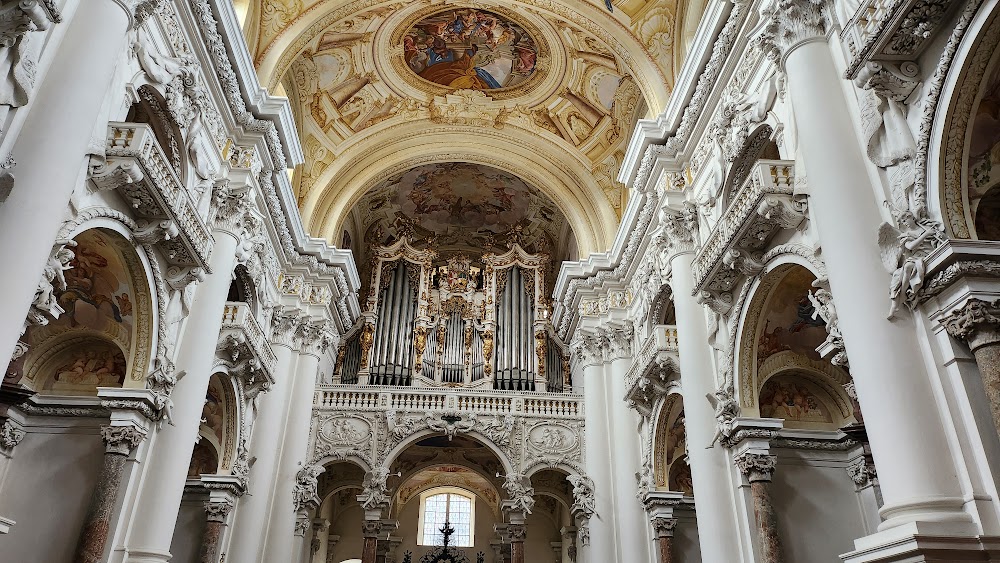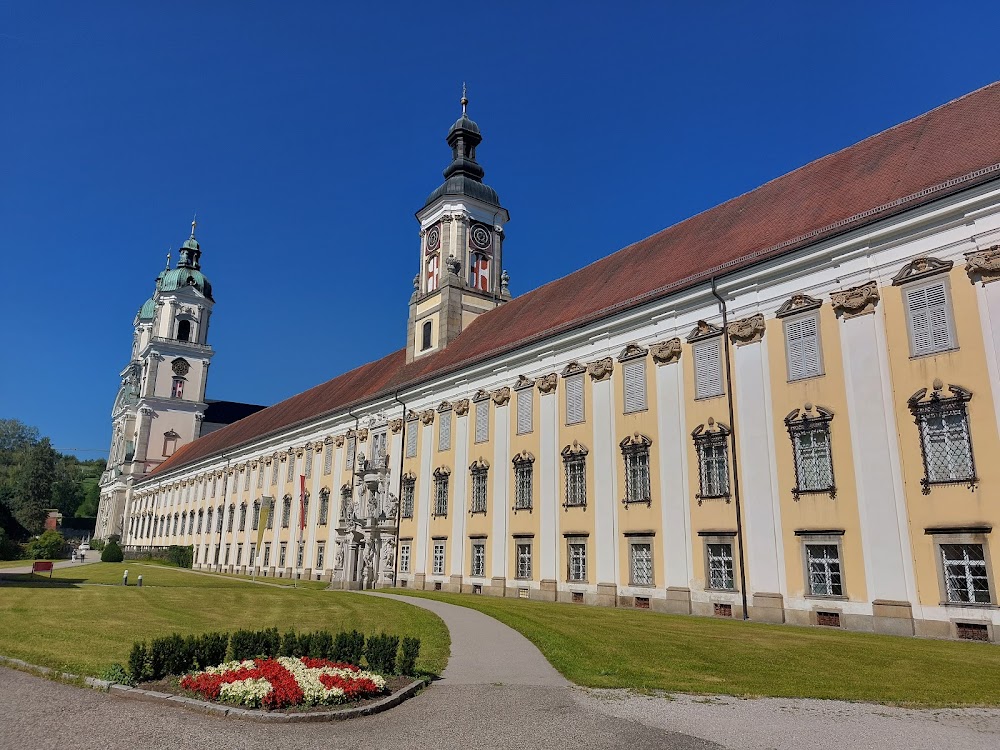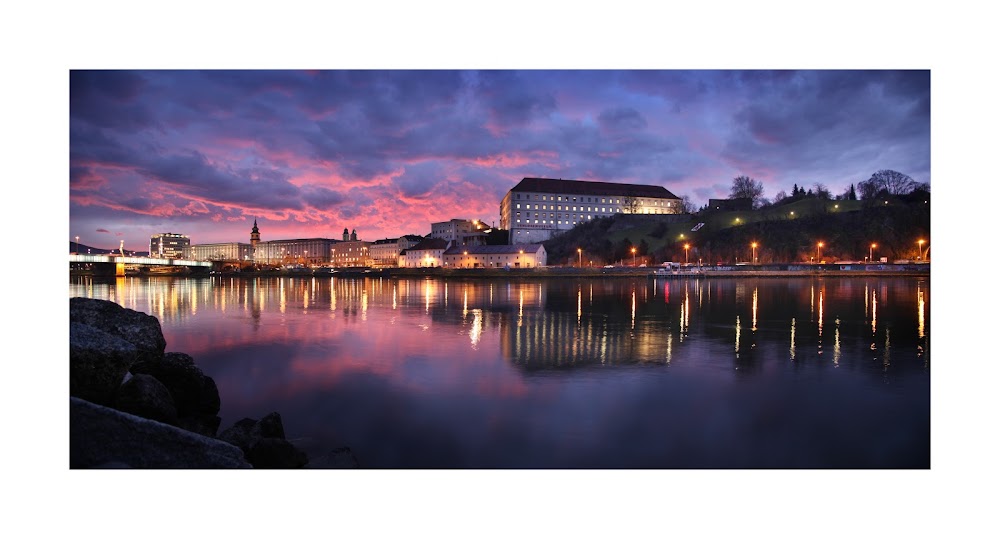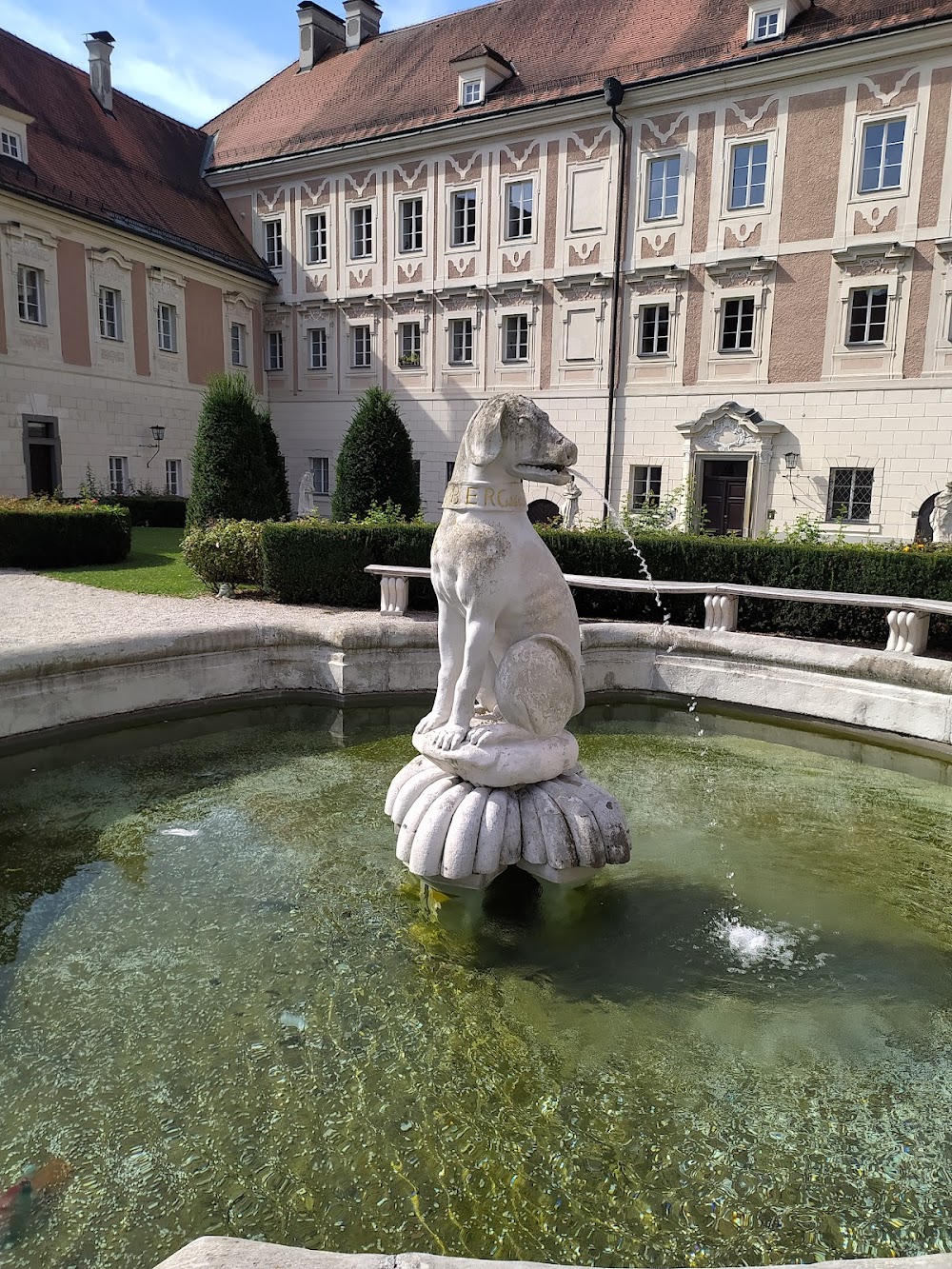St. Florian Monastery (Stift St. Florian)
Related Places
Overview
Stift St. Florian, also known as the Monastery of St. Florian, is a magnificent Augustinian monastery nestled in Upper Austria, Austria. Renowned as one of the oldest and most significant monastic institutions in the region, its history is deeply woven into the cultural and spiritual fabric of Austria.
Historical Origins
The monastery's origins trace back to the 8th century when a small church was erected over the grave of St. Florian, a Christian martyr who met his end in 304 AD. Originally a Roman officer, St. Florian converted to Christianity and was ultimately drowned in the Enns River for his beliefs. His grave quickly became a focal point for the burgeoning religious community that would eventually evolve into the monastery we admire today.
Over the centuries, Stift St. Florian experienced significant developments. The first community of monks is believed to have settled in the 9th and 10th centuries. By the 11th century, these monks adopted the Rule of St. Augustine, officially establishing Stift St. Florian as a house of Augustinian canons regular.
Baroque Transformation
A remarkable transformation took place during the Baroque period, when the monastery underwent extensive reconstruction. Beginning in the late 17th century, architects Carlo Carlone and Jakob Prandtauer led the redesign in the grand Baroque style, with construction continuing into the 18th century. The result is the splendid architectural marvel we see today.
St. Florian Monastery is celebrated for its impressive exterior and lavish interior. The grand main facade features a monumental double staircase leading up to the entrance, while the interior is adorned with exquisite Baroque decorations, including ornate frescoes, grand staircases, and intricate stucco work created by the period's renowned artists and craftsmen.
The Library and the Bruckner Organ
One of the highlights of Stift St. Florian is its stunning library, which boasts around 150,000 volumes. The library hall is an architectural masterpiece, featuring richly decorated ceiling frescoes painted by Bartolomeo Altomonte. The collection is particularly rich in medieval manuscripts, incunabula, and early printed books, making it an invaluable resource for scholars and historians alike.
Adding to the monastery's allure is the Bruckner Organ, named after the famous composer Anton Bruckner, who served as an organist at St. Florian during the mid-19th century. Housed in the abbey’s church, with its beautiful Baroque interior, the organ is renowned for its powerful and melodious sounds, captivating all who visit.
Modern-Day Community
Stift St. Florian continues to fulfill its spiritual mission today, remaining an active religious community engaged in various pastoral, educational, and cultural activities. The monastery is home to the prestigious boys' choir, the St. Florianer Sängerknaben, and regularly hosts concerts that attract music lovers and tourists from far and wide.
In addition to its religious and cultural significance, the monastery complex includes important facilities such as the basilica, the prelature wing, the imperial apartments, and various museums showcasing religious artifacts and artworks.
A Symbol of Faith and Preservation
Throughout its history, St. Florian Monastery has stood as a symbol of faith, resilience, and cultural preservation. It has not only served as a center of religious life but has also acted as a custodian of art, music, and knowledge, making it an enduring treasure in Austria's rich historical and cultural landscape.


